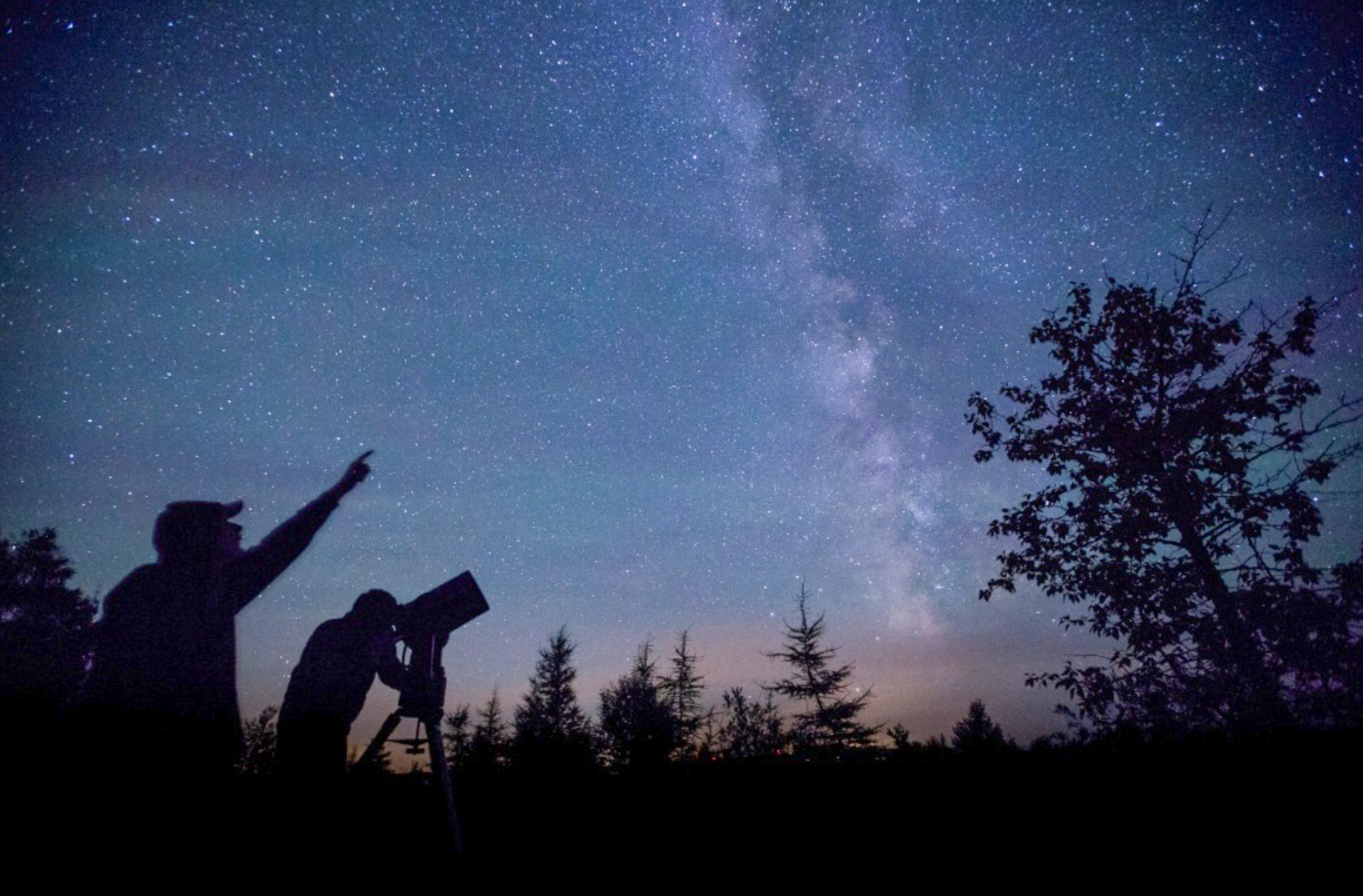A project designed by Grand Valley State University students might be going to space. The Padnos College of Engineering and Computing (PCEC) is one of three university programs selected to move forward with a project sponsored by NASA.
The project includes the creation of a lunar flag, flagpole and anchoring system that astronauts can deploy on the moon during the upcoming Artemis III missions. On Dec. 8, the PCEC announced in their newsletter that their department’s team had been chosen by NASA to proceed with the project’s development. The project’s prompt was provided by NASA’s Micro-g NExT challenge, which helps encourage students to get involved with space research and design.
The chosen team is composed of 12 students from GVSU’s American Society of Mechanical Engineers (ASME): Scott Strayer, Caleb Capps, Andrew Latunski, Tasmiya Shaikh, Isabella Moore, Dayna Straub, Owen Kirkpatrick, Aiden Latchaw, Abigail Way, Cebrina Kader, Simon Morgan and Rock Phelps. The twelve-member team, known as the Astro Anchors, successfully developed a simple, practical design that met all of NASA’s challenge requirements.
“Each team member brings in a unique set of skills essential in completing this project on time. The challenge will give everyone involved excellent hands-on experience, while networking with NASA,” according to the PCEC Newsletter.
The Micro-g NExT Challenge is a program that provides undergraduate students with hands-on engineering design experience, test operations and public outreach opportunities. The purpose of the challenge is to create a tool deemed vital to space travel. After workshopping their ideas, the Astro Anchors concluded the flag deployment system was the best choice.
“The part of the project that really stood out to me was how simplistic our design was. When I first heard we were going to work on this NASA project, at first I felt that a complex, detailed design was something we needed to strive for, being that it is NASA we are working with,” Kader said. “But after working with the other members of ASME, we were able to create a more simplistic design that brought us to Phase Two of the NASA project.”
The design consisted of a modular flagpole system built to reduce deployment time. During the winter semester, the team will work alongside a NASA mentor to create a project prototype after successfully passing the initial challenge phase narrowing down applicants resulting in three universities, including GVSU, moving into the next stage of developing their project.
“Being a part of this project is very exciting,” Kader said. “I’ve always seen NASA as a place that strives towards proving the impossible possible, like they did for Apollo 11 by sending the first man to the moon. The fact that I get to work on this project for NASA, who accomplished such a feat, is such an exciting moment for me.”
The challenge will end with the Astro Anchors taking a trip to Johnson Space Center in Houston, Texas, where they will test their final design. The test will be conducted in the Neutral Buoyancy Laboratory at NASA’s headquarters, which simulates the microgravity astronauts experience in space. If the test is a success, NASA may adopt and replicate the design in their upcoming missions to the moon.
“A dream of mine since I was younger has been to work at NASA someday, so working with their engineers on this project is an amazing experience, Strayer said.
Additionally, the Astro Anchors aim to cultivate a passion for space through community outreach. The Astro Anchors have also been collaborating on the project with Allendale High School (AHS) to promote space research among high school students. Sanjivan Manoharan, an assistant professor of Mechanical Engineering at GVSU, is the project’s faculty mentor. Major sponsors supporting the project include Aveeno Technologies LLC, GVSU Center for Scholarly Excellence and the GVSU School of Engineering.







